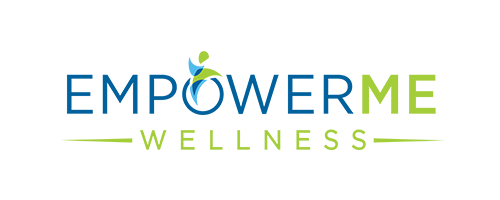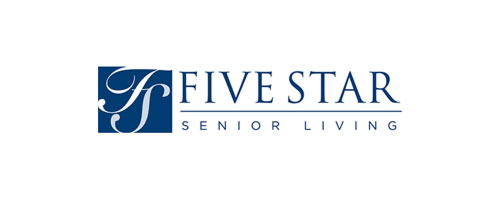Articles
The Journal on Active Aging brings articles of value to professionals dedicated to older-adult quality of life. Content sweeps across the active-aging landscape to focus on education and practice. Find articles of interest by searching the article archives in three ways: Enter a keyword in the articles search bar; click on search by topic; or type a keyword or phrase in the general search bar at the top of the page.

Add fun to exercise with a laughter club by Allison Clark and Catharine Sutherland
This program is successful because it is different, innovative, healthy, positive, uplifting and FUN! Who doesn’t want to do more laughing in their life? Our monthly Laughter Club sessions provide a warm, welcoming, nonjudgmental atmosphere where seniors and youngsters can gather to play and perform laughter exercises in a spirit of silliness and exploration.
moreEmotional wellness

Age 50-plus adults respond to new Life Options Initiative
Montreal, Canada—like New Orleans—blends Old World charm, New World commerce, and a notable joie de vivre. Located in Quebec (just north of Vermont), this French-speaking metropolis boasts a vibrant nightlife, cosmopolitan society, and impressive cultural diversity. Contributing to this diversity is a Jewish community of nearly 93,000 people, supported by an array of organizations. A full-service agency, the Cummings Jewish Centre for Seniors (CJCS) provides programs and services that “maintain independence and improve the quality of life of older adults.” The organization also “strives to create an atmosphere that promotes positive attitudes on aging.”
moreVocational wellness

Active Aging Week 2006
ICAA host sites did a remarkable job of organizing dances and walks, lectures and exercise classes, health fairs and a fashion show as part of the weeklong campaign, which ran September 25–October. The free activities, themed for fun as well as knowledge, also included food, giveaways, and an ample supply of educational handouts.
moreHealth promotion

Understanding the attitudes of older women toward exercise by Marlyn Black
In late 1998 I began training an 87-year-old lady named Jeri. She and her daughter decided that Jeri needed to start weight training. So the journey began. Jeri was a joy to work with. She was always ready to try a new exercise and she amazed the guys in the gym when she proudly displayed her “guns” for their approval. She would declare, “Oh, isn’t that grand, I can really feel that muscle working!” We continued to exercise together until she went blind at 93.
moreGerontology

HIV/AIDS and adults over 50: a call to action by Marilynn Larkin, MA
“You’re awfully old to have this disease.” That’s what a 70 year-old with HIV (human immunodeficiency virus) infection was told by a healthcare provider, according to Charles Emlet, PhD, associate professor of social work at the University of Washington–Tacoma. Emlet has worked with older adults with HIV/AIDS for more than 20 years. Recently, he interviewed 25 people ages 50 and older about their experiences with HIV for an article in an upcoming issue of The Gerontologist, a journal of the Gerontological Society of America. “There’s been a lot of media coverage about 2006 marking the 25th anniversary of the first cases of AIDS being diagnosed in the United States,” says Emlet. “This year’s headlines also brought attention to the fact that the first Baby Boomers are turning 60. But,” he asserts, “an important connection between the 2 has gone largely unnoticed—and it’s a silence that can kill.”
moreHealth conditions

Whole body vibration training: a new wave in exercise intervention for older adults? by Joseph F. Signorile, PhD
In the past 3 decades, exercise has moved steadily to the forefront as an intervention for the declines in functional performance and increases in falls and related injuries in older adults. Several issues affecting the optimization of exercise training have been identified and addressed over this period. Among the most important existing concerns are:
• developing specific exercise prescriptions to meet the diverse needs of older individuals;
• implementing interventions that can safely meet the exercise needs of older adults; and
• providing exercise programs that increase client adherence and maximize attendance.
































